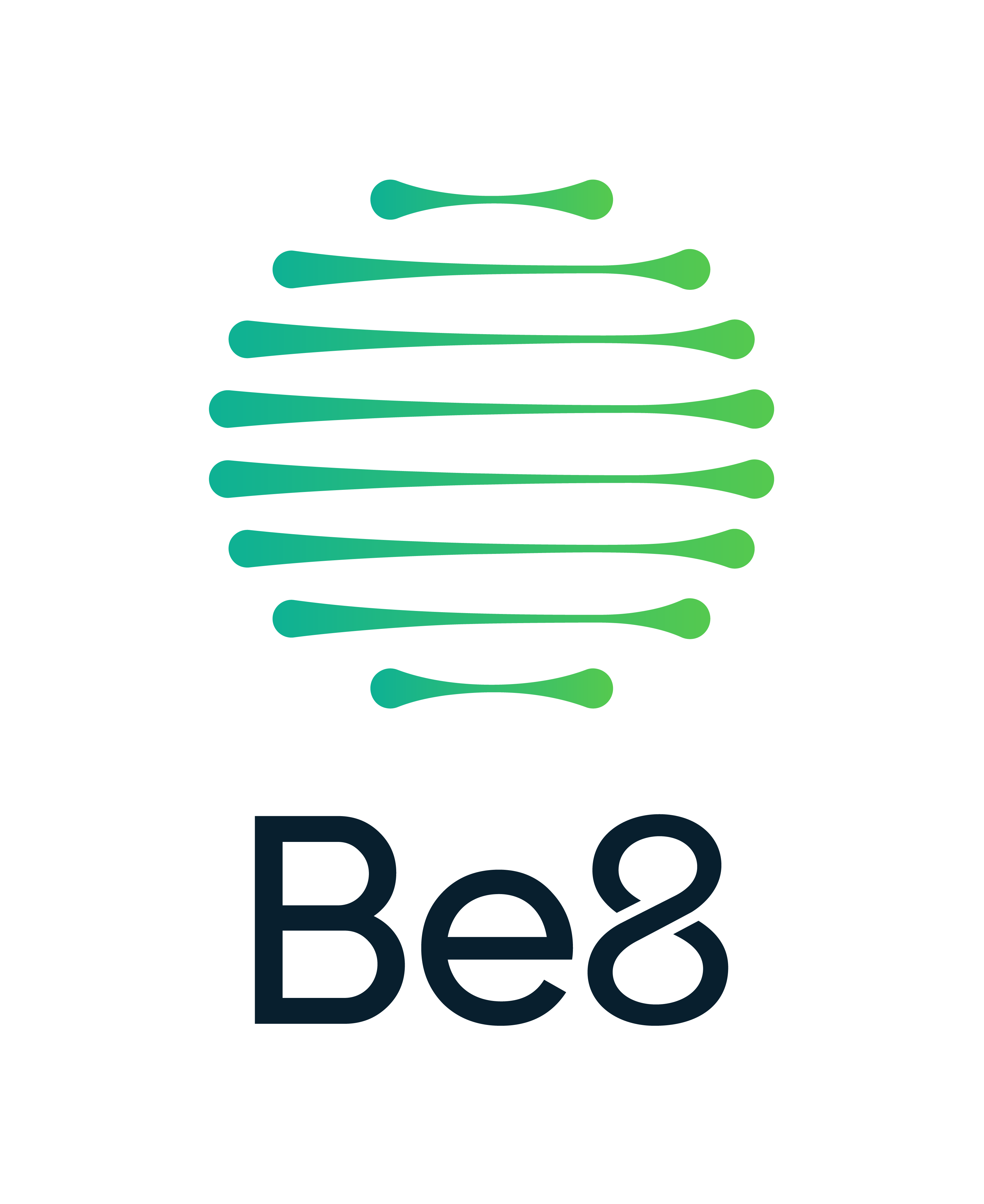Notícias
VoltarHybrid buses moved with biodiesel produced in Passo Fundo started to transport passengers in Curitib
The new collective is the quietest and offers the greatest environmental gain of the market
Last weekend, the passengers of the urban collectives of the paranaense capital could use the hybrid buses that are known as "Hybribus". The vehicles are moved with electricity and biodiesel provided by BSBIOS, a unit of Passo Fundo. The model was launched during Rio+20 - the conference of the UNO on sustainability - which happened in June, in Rio de Janeiro. "The new collectives bring gain to population and the environment, they emit 90% less pollutant gases, own a system that save until 35% of biofuel and emit less noise," emphasized the chief executive officer of BSBIOS, Erasmo Carlos Battistella. He wants that this example is used by all cities participants in the World Soccer Cup. "This is a model that would be adopted by capitals and other towns, thus they bring social, economic and environmental benefits," said Battistella.
Biodiesel which contains 5% mixture per lietr of diesel sold in the country emits 57% less pollutant gases than the conventional fuel and it does not have sulfur. The benefits to the environment, human health and public health policies are supported by study of the Getúlio Vargas Foundation. With 10% mixture, as it is expected for 2020, the emission of carbon dioxide will reduce 8%. With 20% mixed, it would fall 12%.
At total, the City Hall of Curitiba purchased 60 units of the Hybribus. To this first stage, on route Interbairros I, it will have 10 hybrid buses, from 20 of October, another 20 will start to ride and the remaining 30s will make part of the public transportation of Curitiba from 2013.
Besides the Hybribus, other 32 buses already ride by Curitiba since 2009 by using 100% of biodiesel, which is provided by BSBIOS only. The industry of Passo Fundo provides approximately 160 thousand liters of biodiesel per month to the transportation of passengers of Paraná's capital to the project named Green Line.
Technology
The model, which has capacity to 80 passengers, is manufactured by Volvo and it has been tested since 2010. It works with two engines - moved by electricity and biodiesel - independently. The electrical bus is used to start the vehicle and speed it until a speed of approximately 20 km/h. the source, which is in the superior part of the bus, is also used as generator of energy during braking.
But the biodiesel engine starts to work with higher speeds. When the brakes start, the deceleration energy is used to charge the batteries. And, when the bus stops, in traffic, at bus stops, or at traffic lights, the biodiesel engine is off.




